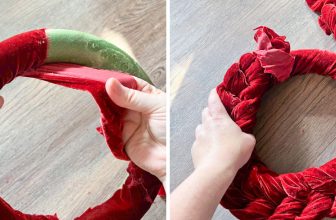How to Bleach Dry Flowers
Bleaching dry flowers can be an excellent technique for preserving their vibrant colors and enhancing their aesthetic appeal. Whether you’re looking to create a specific design for crafts, home décor, or gifts, this process allows you to achieve a uniform and striking appearance. One of the primary benefits of bleaching dry flowers is that it significantly enhances their overall look, making them more visually appealing and versatile for various projects.
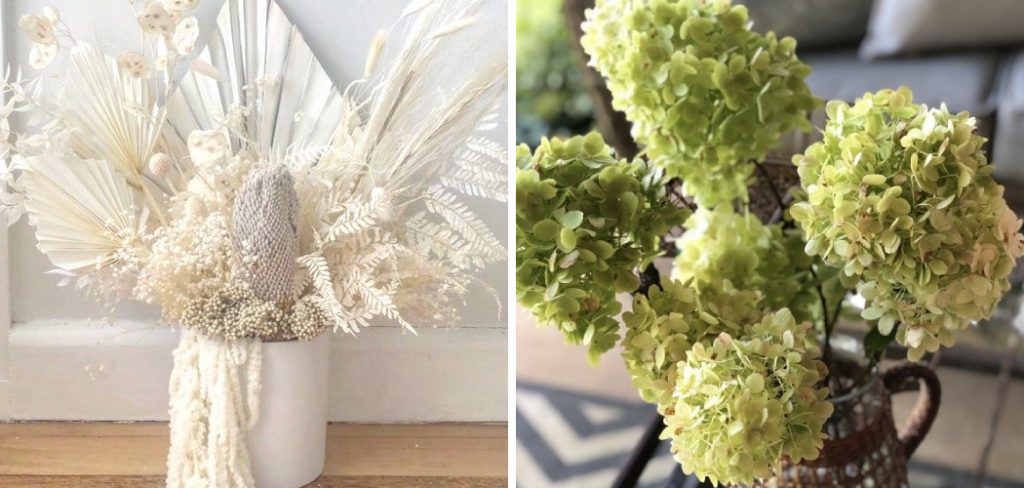
When considering how to bleach dry flowers, following a straightforward process that includes selecting the right flowers, preparing an appropriate bleaching solution, and carefully soaking the blooms is essential. Adhering to these steps can transform your dried flowers into beautiful, bleached specimens ready for creative use.
Tools and Materials Needed
To successfully bleach dry flowers, gather the following tools and materials:
Tools:
- Gloves to protect your hands
- Tweezers or tongs for handling delicate flowers
- Measuring spoons for accurate ingredient proportions
- Mixing bowl for preparing the bleaching solution
Materials:
- Household bleach or oxygen bleach
- Water to dilute the bleach
- Dried flowers that you wish to bleach
- Paper towels for drying the flowers
- Optional: Hydrogen peroxide for neutralizing residual bleach
Preparing the Bleaching Solution
Choosing the Bleach
The first step in preparing the bleaching solution is selecting the right type of bleach. Household bleach, commonly known as sodium hypochlorite, is effective for this purpose but can be harsh on some flowers, leading to potential damage. Alternatively, oxygen bleach, which is gentler and often used for delicate fabrics, can be a suitable option for those concerned about preserving the integrity of the flower petals. When selecting bleach, consider the concentration; a lower concentration is advisable to minimize harmful effects on the flowers while still achieving the desired results.

Mixing the Solution
Once you have chosen the appropriate bleach, it’s time to mix the solution. The standard ratio for a bleach solution is typically 1 part bleach to 3 parts water, ensuring that the flowers are adequately treated without being overexposed. Pour the bleach into a mixing bowl, then add the water, carefully measuring to maintain the correct ratio. Stir the mixture thoroughly to ensure it is well-blended and the bleach evenly distributed throughout the solution. This preparation is crucial for achieving consistent and uniform bleaching results when working with your dried flowers.
Preparing the Flowers
Selecting and Preparing Dried Flowers
When preparing to bleach dry flowers, selecting specimens that are in good condition is essential, ensuring they are free from mold, damage, or excessive brittleness. Inspect the flowers carefully, looking for any signs of deterioration that might affect the bleaching process. Once you’ve chosen the flowers, gently remove any loose debris or leaves, as these can interfere with the even application of the bleach. A clean and well-maintained flower will yield the best results, giving you a beautifully enhanced appearance after the bleaching procedure.
Handling the Flowers
Proper handling is crucial when working with delicate dried flowers. Utilize tweezers or tongs to avoid applying too much pressure, which could cause breakage. Do so gently when you’re ready to place the flowers into the bleach solution. This care ensures that the petals remain intact throughout the soaking process. Take your time properly positioning the flowers to prevent them from clumping together, as this can lead to uneven bleaching. By employing careful handling techniques, you’ll better preserve the integrity of the flowers while achieving a uniform result.
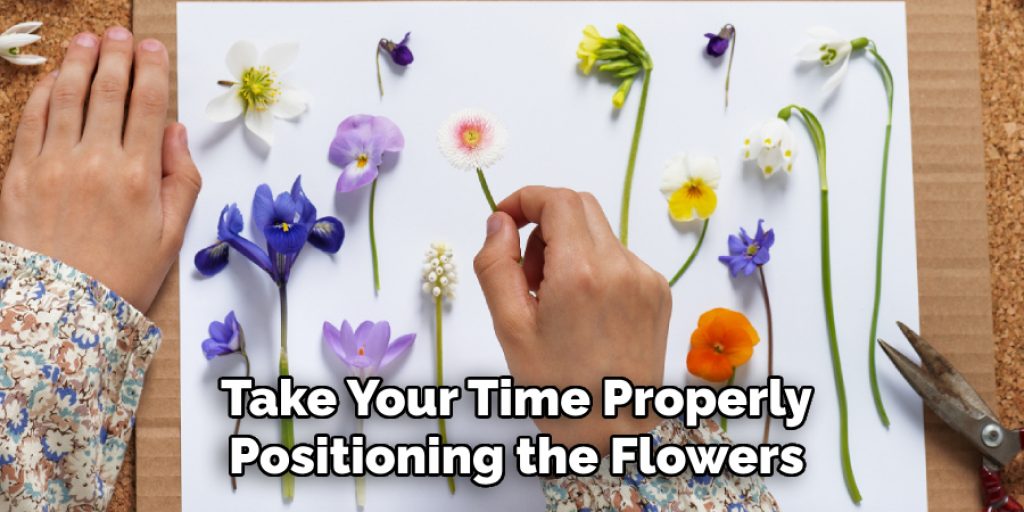
How to Bleach Dry Flowers: Bleaching the Flowers
1.Soaking the Flowers
Once you’ve prepared your bleaching solution and selected the right dried flowers, it’s time to begin the soaking process. Gently submerge the flowers into the bleach solution, ensuring that they are fully covered. It’s crucial to monitor the flowers closely during this process, as the bleaching can vary significantly between different types of flowers and their condition. Typically, the soaking time can range from 5 to 15 minutes, depending on the desired level of bleaching. You might notice the colors changing rapidly, so it’s essential to begin checking the flowers after about 5 minutes to prevent over-bleaching, which may lead to undesired effects or damage.
2.Removing and Rinsing
After the flowers have reached the desired level of bleaching, use tweezers or tongs to carefully remove them from the solution. Take care not to squeeze or crush the petals, which can lead to unintended breakage. Following removal, it’s vital to rinse the flowers thoroughly in clean water, ensuring that all bleach residues are washed away. This step is crucial to preserve the integrity and appearance of the flowers, as leftover bleach can cause further damage over time. Gently swish the flowers in water before placing them on paper towels.
3.Drying the Flowers
To dry the flowers, pat them gently with paper towels to absorb excess moisture. After this initial drying, place them on a clean surface, allowing them to air dry completely. This step ensures that the flowers retain their enhanced appearance and prepares them for creative use in your craft projects or décor.
Optional: Neutralizing the Bleach
Using Hydrogen Peroxide
You can use hydrogen peroxide to ensure that any residual bleach is neutralized. Prepare a solution by mixing 1 part hydrogen peroxide with 3 parts water in a mixing bowl. Once the bleaching process is complete, briefly soak the flowers in this solution. This step will deactivate any remaining bleach, preventing further damage to the flowers and preserving their color.
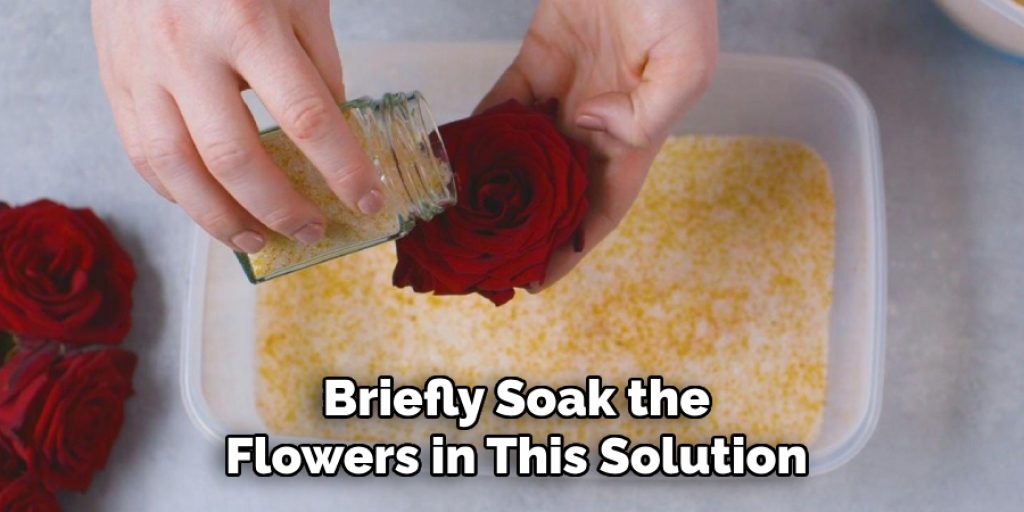
Rinsing and Drying
After the hydrogen peroxide treatment, it’s essential to rinse the flowers again in clean water to remove any remaining peroxide. Once rinsed, gently pat the flowers dry with paper towels to absorb excess moisture. Finally, allow the flowers to air dry completely on a clean surface. This additional care will help maintain the beauty and longevity of your bleached flowers, preparing them for any creative applications you have in mind.
Using Bleached Flowers
Crafting and Decoration
Bleached flowers provide a unique aesthetic that enhances craft projects and home décor. One popular way to use them is in wreath-making; combining different shapes and sizes of bleached flowers creates a stunning focal point for doors and walls. Additionally, dried flower arrangements can serve as elegant centerpieces for tables, bringing an ethereal touch to any setting.
For a personal touch, consider using bleached flowers to create bookmarks by adhering them to cardstock or laminate; this allows you to carry a piece of nature wherever you go. Incorporating these flowers into gift wrapping or embellishments on cards can elevate your gifts, making them stand out.
Preservation and Maintenance
To maintain the beauty of bleached flowers, handle them with care and avoid exposing them to direct sunlight, which can cause colors to fade over time. Keeping them away from excessive moisture is vital, as this can lead to fading and deterioration. Regularly dusting your arrangements will help preserve their appearance, while storing them in a cool, dry place when not on display will prolong their life. Following these tips will ensure your bleached flowers remain a beautiful and lasting addition to your crafts and home décor.
Troubleshooting Common Issues
Uneven Bleaching
Uneven bleaching can occur due to improper soaking techniques or the different characteristics of flower types. Some flowers may absorb bleach more quickly than others, leading to inconsistent color results. To address this issue, consider adjusting the soaking time for each flower type based on how they react to bleaching or experimenting with different bleach solutions that might yield a more uniform effect.
Damage to Flowers
Damage to flowers can manifest as brittleness or discoloration following the bleaching process. Identifying these signs early is crucial. To remedy this, handle the flowers with extra care during all stages and potentially reduce bleach concentration in your solution. A less potent mixture may help protect fragile flowers while still achieving the desired aesthetic.
Frequently Asked Questions (FAQs)
1. How Do I Know Which Flowers Are Suitable for Bleaching?
Most dried flowers can be bleached, but hardier varieties like eucalyptus, lavender, and hydrangea typically adapt well to the process. Remember that delicate flowers may not withstand bleaching as effectively, so always test on a small batch first to determine how they react.
2. Can I Use Other Types of Bleach Besides Standard Household Bleach?
While household bleach is the most common choice for bleaching flowers, you can also use color-safe bleach or oxygen-bleach alternatives. These options may be gentler on some flower types, but following the manufacturer’s instructions for use or testing on a small sample is crucial.
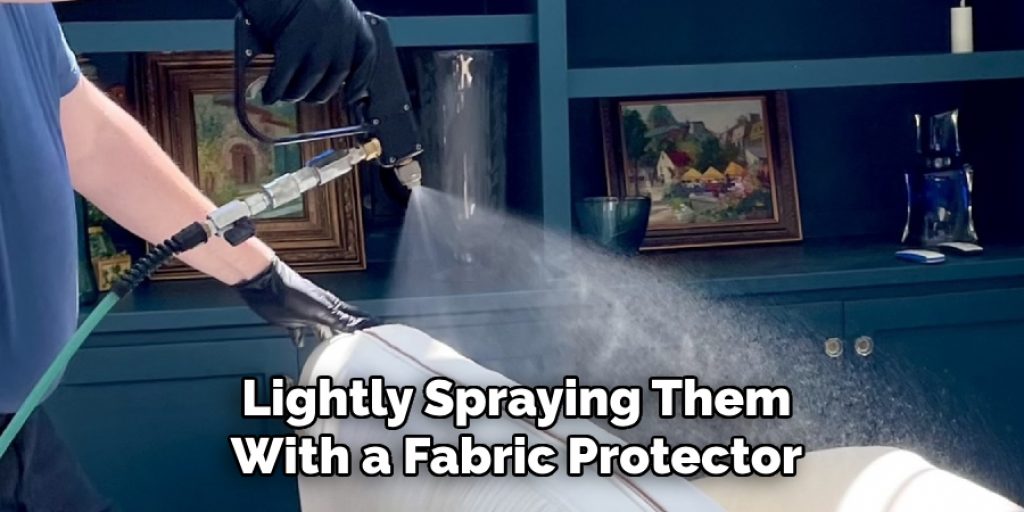
3. What Can I Do if My Bleached Flowers Start to Fade Over Time?
To prolong the vibrancy of your bleached flowers, keep them out of direct sunlight and away from excessive moisture. Regular dusting and proper storage will also help maintain their appearance. If fading occurs, you may consider refreshing the look by lightly spraying them with a fabric protector or a diluted hair spray to retain their enhanced colors.
Conclusion
In summary, learning how to bleach dry flowers involves careful selection, preparation, soaking, and drying. Each step allows for creative variations that can enhance the beauty of your dried flowers. Don’t hesitate to experiment with different techniques and solutions as you become more comfortable with the process. The creative possibilities are endless, from unique home decor to personalized crafts, providing a delightful way to celebrate the beauty of nature in your creations. Embrace the joy of crafting with bleached flowers and let your imagination flourish!


